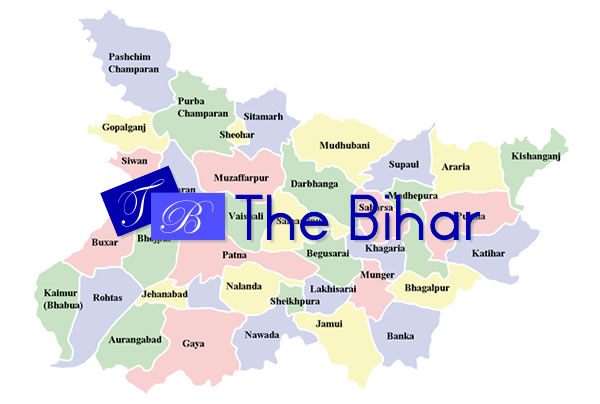Changing colours of the state’s Red Zone
1 min readThough it’s just half-an hour’s drive from Jehanabad town, Sikaria village was out of bounds for many. Gun-toting Maoists called the shots and murder and mayhem were routine till a few years ago.
Now, Sikaria looks every bit a normal village with telltale signs of upcoming assembly elections. Posters fraying on the edges remind residents of electioneering by prominent leaders as students in uniforms pedal to schools. The change is remarkable, though not unique since a similar wind of change has swept across a much wider region comprising the districts of Jehanabad, Gaya, Arwal, Nawada and Aurangabad, once collectively known as the “killing fields of central Bihar”.
Left-wing extremism has been reined in significantly, allowing villages like Sikaria to limp back to normalcy. Official figures reflect the gradual change — the number of Maoist-related incidents is down from 192 in 2005 to 108 in 2014.
 Civilian deaths in such violence also declined from 92 to 20 during the same period. A reason for the improvement in the situation is attributed to Bihar’s bifurcation in 2000. Officials, however, attribute the improvement to development.
Civilian deaths in such violence also declined from 92 to 20 during the same period. A reason for the improvement in the situation is attributed to Bihar’s bifurcation in 2000. Officials, however, attribute the improvement to development.
Chief minister Nitish Kumar had launched an “Aapki Sarkar, Aapke Dwar” programme in Sikaria.
“Through development, we could make inroads into Maoist areas,” agrees Vivek Singh, principal secretary forests and environment. Locals say the upcoming polls will be no different, despite the occasional Maoist attacks and large-scale extortion of government contractors.
Courtesy: HT


